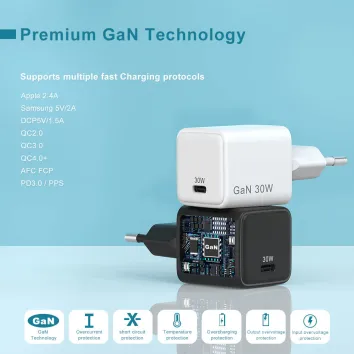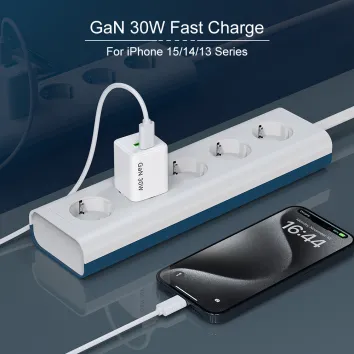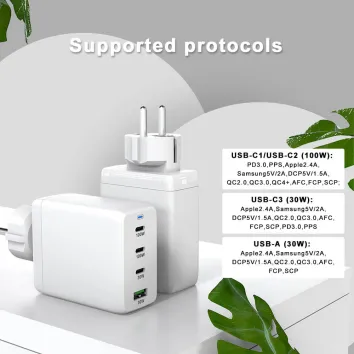USB Connector Diversity: Type A, B, and C | ZONSAN
A Brief History of USB Technology Development
The journey of USB technology, initiated by the USB Implementation Forum (USB-IF) in 1996 with the USB 1.0 standard, has witnessed a series of upgrades: USB 1.1, USB 2.0, USB 3.0, USB 3.1, USB 3.2, culminating in the USB 4 standard in 2019. These iterations have propelled USB connector technology forward, accompanied by numerous nomenclature revisions. Presently, USB 2.0 and USB 3.2 are the versions officially sanctioned by USB-IF.
Overview of USB Connector Types
USB connectors branch into three primary classifications: Type A, Type B, and Type C (Type-C), with the latter two encompassing Mini and Micro variations for enhanced versatility.
USB Standard Versions
| Standard Version | Official Code | Original Name | Bit | Byte (Theoretically) |
|---|---|---|---|---|
| USB 2.0 | Low Speed | Low-Speed USB 1.0 | 1.5Mbps | 0.1875MB/S |
| USB 2.0 | Full Speed | Full-Speed USB 1.1 | 12Mbps | 1.5MB/S |
| USB 2.0 | Hi Speed | Hi-Speed USB 2.0 | 480Mbps | 60MB/S |
| USB 3.2 | Gen1 | USB5Gbps Super Speed USB | 5Gbps | 625MB/S |
| USB 3.2 | Gen2 | USB 10Gbps Super Speed USB | 10Gbps | 1250MB/S |
| USB 3.2 | Gen2x2 | USB 20Gbps Super Speed USB | 20Gbps | 2500MB/S |
| USB 4 | - | N/A | 40Gbps | 5000MB/S |
The Distinction Between Type A and Type B Connectors
Originally conceived for disparate applications, Type A and Type B connectors differ in pin configuration, shape, and size. Type A typically serves as the "male" connector, interfacing with a device's "female" connector. These connectors, categorized into USB 2.0 (black) and USB 3.0 (blue) based on their USB standard support, facilitate easy identification through color coding. Type A connectors are prevalent in host devices like desktops, laptops, and gaming consoles, whereas Type B connectors are found in peripheral gadgets such as printers and external hard drives.
Mini and Micro USB Connectors
Mini USB connectors, delineated into Mini-A and Mini-B, cater to mobile devices, offering charging and data transfer capabilities. The Micro USB connector, an advancement over Mini USB, is smaller and segmented into Micro-A and Micro-B, becoming the de facto standard for Android smartphones and compact devices.
Characteristics of the Type C Connector
The Type-C connector, a recent innovation, is celebrated for its reversible insertion feature. It has emerged as the predominant port in cutting-edge smartphones and laptops, facilitating bidirectional power exchange and high-speed data transfers, essential for powering high-definition displays. However, the utility of Type-C transcends USB 3.x standards and power delivery.
Application Scope of USB Connectors
USB Type A is integral to computers, tablets, smart TVs, and gaming systems.
USB Type B connects devices like printers, scanners, and projectors.
USB Type-C is increasingly becoming the go-to interface for modern smartphones, laptops, and gaming consoles (e.g., Nintendo Switch).
Choosing the Right USB Connector
Selecting an appropriate USB connector necessitates understanding the variances among USB ports, identifying the interface of the target device, and then picking a connector that meets your requirements. For devices demanding quick charging, Type-C is the optimal choice.
Kind Tips
For fast charging capabilities, gravitate towards the Type-C connector without hesitation.

Read More

Read More

Read More